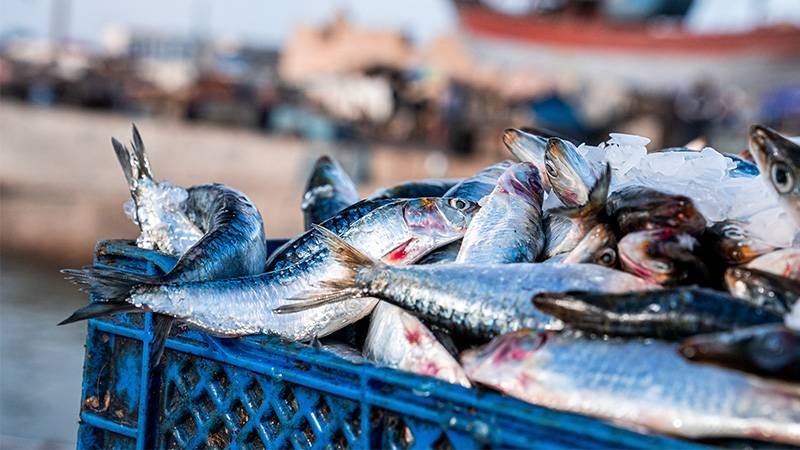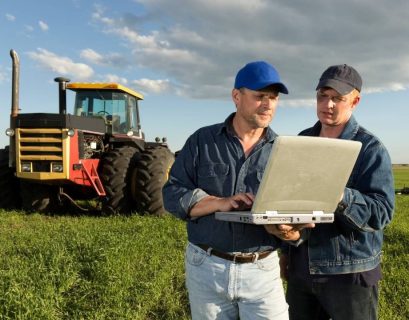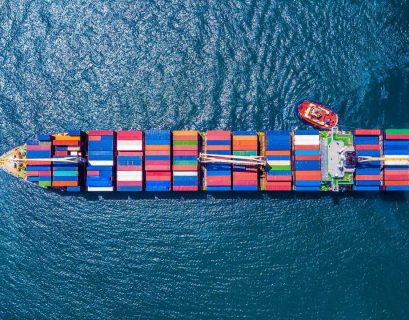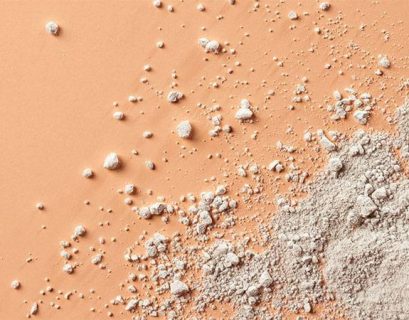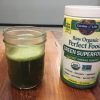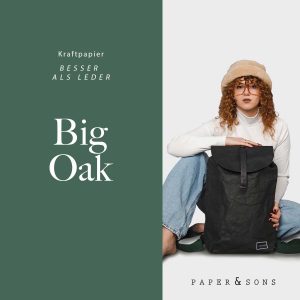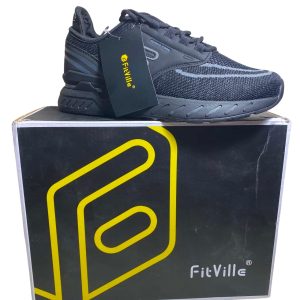In an ambitious environmental endeavor, Iceland has initiated a project known as the “100% Fish Project,” with the goal of maximizing the utilization of fish waste. This initiative has resulted in a substantial increase in the utilization of cod, rising from a mere 40% in 2003 to nearly 95% today. The outcome has been the creation of innovative products, including cod skin grafts for burn victims, Omega-3 capsules, and dog snacks.
One individual who has directly benefited from this initiative is Pétur Oddsson, a power station worker. After a severe electrical accident in 2020 left almost half of his body with deep thermal burns, an ingenious solution saved his life. Doctors utilized grafted cod skin, effectively covering 7,000 square centimeters of his body with a distinctive, scale-like imprint, serving as a living testament to the innovation of the project.
The 100% Fish Project is a collaboration between the Iceland Ocean Cluster, various research institutes, and private companies. The objective is to find efficient ways to repurpose byproducts from Iceland’s $2 billion seafood industry, transforming what was once considered waste into valuable and sustainable commodities. The project has not only generated employment opportunities and domestically produced goods but has also provided a lower-impact fish meal for the growing aquaculture industry.
The breakthrough fish skin grafts are the brainchild of chemist Fertram Sigurjonsson, the founder of biotech company Kerecis. Available in various sizes to accommodate wounds of different scales, these grafts have been employed in treating thousands of patients with burns, open diabetes wounds, and infected C-sections.
Cod skin, constituting about eight percent of the fish’s weight and rich in collagen, a crucial protein for human skin, ligament, and bone health, is a valuable resource. Companies like Feel Iceland harness this resource, producing collagen supplements from 700 tonnes of fish skin annually.
While fish bones, making up at least 35% of a cod’s weight, have traditionally been dried and exported, researchers are exploring new applications such as extracting calcium for supplements due to market unpredictability.
The most challenging components to utilize are the blood and eyeballs of the cod. Fish blood, making up 10% of a fish’s weight, holds potential for products like sausage filler, fish feed, or fertilizer, although the collection process presents a significant challenge. As for the eyeballs, attempts to extract valuable fats or explore potential antiseptic properties have proven unfruitful thus far.
Despite the challenges, the project remains optimistic, drawing inspiration from the successful precedent of cod livers. Once considered waste, they have become an expensive delicacy, showcasing the potential for discovering new value in even the most unexpected parts of the fish. This drives the project’s ambition to achieve 100% utilization.
